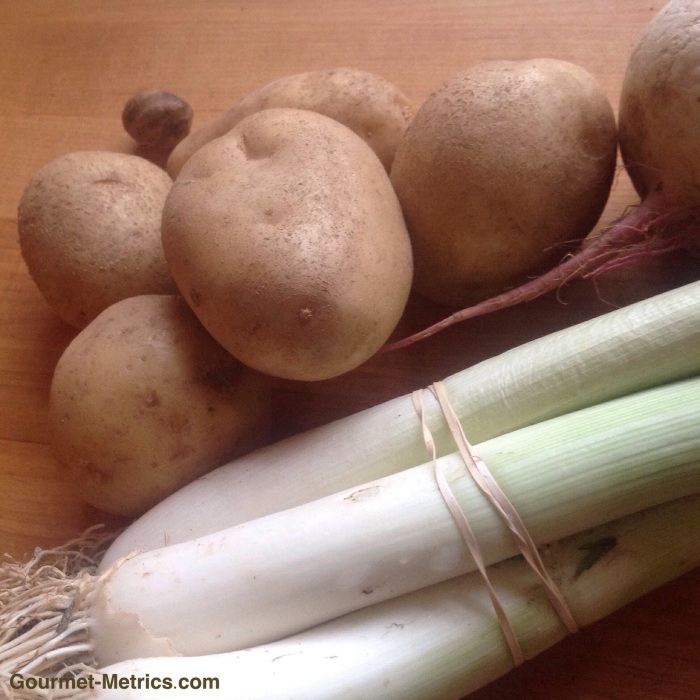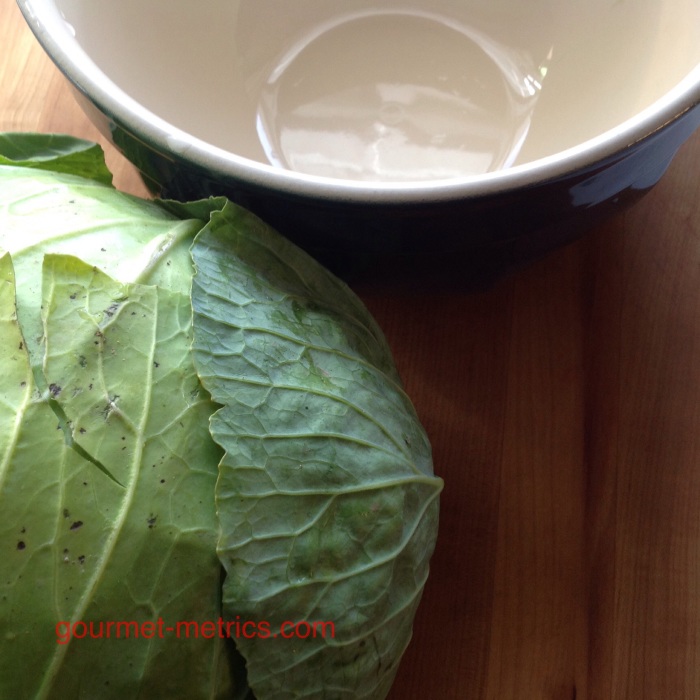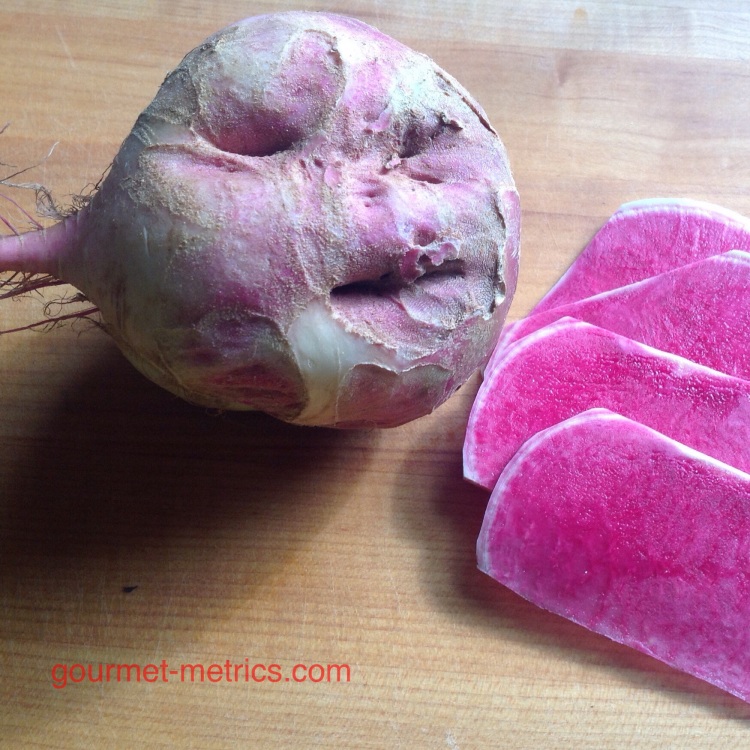
photo credit | gourmetmetrics
That’s my well worn copy of Mark Schatzker’s most recent book pictured above. It’s a book that asks a good question. Why have we been getting fatter over the last 40 years?
Each chapter takes us through a series of seemingly unconnected events. Towards the end of the book, we learn this from the author “so here then is the theory spelled out: the obesity epidemic is being fueled by advancements in food technology that have disrupted the brain’s ability to sense nutrients, altered eating behavior, and given food an unnatural energetic potential”.
My plan is to review this book in terms of my training and experience as a dietitian during the 15 years I worked in weight loss. I got my RDN in 1997 and worked in corporate wellness, weight loss counselling, and bariatric wellness.
The book begins with two approaches to disease. Pellagra is caused by a vitamin deficiency. The disease is prevalent when the food supply does not include a source of niacin. Both the United States and Italy have experienced periodic bouts of pellagra. In Italy, the government encouraged its inhabitants to raise rabbits and drink yeasty wine. In the US, the government recommended fortification of grains. Both solutions worked but the metaphor of a fork in the road between the old way and the new way dominates the book.
I went back to school to study nutrition in the early 1990s and remember to this day my sense of wonder as I learned about the discovery of vitamins and the miracle of enrichment. I was delighted to learn that nutrients like niacin could cure diseases like pellagra.
We explore the brain-gut connection with a trip to Lyon and the experiments of a French psychologist with bathwater temperature and starvation. We move to Bethesda Maryland and a Kevin Hall presentation on the results of the analysis he ran on contestants in the Reality TV show The Biggest Looser. We spend time with illiterate laborers in Karnataka and learn why these men love the bitter taste of tamarind. And we end with the work of Kent Barringer who was the first to differentiate the brain’s “wanting” circuitry (dopamine driven) from the brain’s “liking” circuitry.
Schatzker is a brilliant writer and able to put complex concepts into understandable common language. Despite my training as an RDN, I struggled to follow the intricacies of brain science and neurotransmitter patterns. I got my Certificate of Training Adult Weight Management 2001 but at that time obesity was considered a behavior disorder. My training focused on helping clients navigate the ever more enticing calorie proliferation of the modern food environment.
We explore “wanting” vs “liking” with a visit to Yale and a laboratory scientist who studies glucose metabolism. We investigate the seemingly irrational behavior of compulsive gamblers, learn how Swedish gerbils behave when fed a mixture of seeds and grains of sand, and take a whirlwind tour of food technology innovations over the last 40 years. Schatzker coined the term “nutritive mismatch” to describe a situation where our taste perception confuses the signaling system of the brain
The science of neurotransmitters and the brain / gut connection was in its infancy when I got my certification. Swedish pharmacologist, Arvid Carlsson, had just been awarded the Nobel Prize in 2000 for his contributions on the neurotransmitter, dopamine. The counseling techniques I learned were based on an assumption Schatzker refers to as “The Hungry Ape” theory. We humans gorge on food when it’s available so we have fat stores to carry us through to the next starvation cycle.
Finally we take a vacation in 19th century Italy with Goethe. We delight in eating figs, pears, macaroni, and Sicilian lettuce. We study the stalking behaviors of snakes, learn about the evolutionary benefits of our “liking” food brain circuitry, delve into the beginnings of concentrated animal feeding operations and the development of scientifically managed swine rations.
Pigs get sick if all they are fed is corn and soy. Research done in the late 1940s enabled hog farmers to maintain a nutritionally adequate diet as animals moved from foraging in pasture to a feeding lot diet of corn and soy meal. When B vitamins were added to the feed, the hogs no longer got sick. Even better, the hogs gained weight faster. If adding B vitamins to hog feed as was done back in middle of the last century promoted weight gain, could the same weight gain happen in humans? Is it possible that enrichment could actually be a contributing factor to human weight gain? Oh my goodness! That is exactly what Schatzker said. It took my breath away. I had to put the book down.
At no point in my nutrition studies has anyone questioned the value of enrichment. Or fortification for that matter. These policies were presented as unqualified nutrition success stories. I never realized until I read Schatzker’s book that most European countries don’t enrich or fortify grains.
We end with a celebration of the power of good food by visiting Leipzig Germany and a doctor who works with clinically severe obese patients. We savor the taste of a perfectly crafted dark chocolate and the culinary equivalent of pastoral romanticism as the writer celebrates and indulges in the joy of eating really good northern Italian food.
We are left with a metaphoric fork in the road. Italy represents the old fork. The United States represents the new fork. And we are left with a speculation. Maybe if we restore the relationship between flavor, nutrition, and enjoyment that food provides, we will have a chance to change eating habits and health status.
These concepts are not completely outside the RDN tool box, but for the vast majority of my dietitian colleagues, Schatzker’s book will be hard to read because it challenges aspects of our training and core principles like the acceptance of enrichment and fortification as a net positive. Or the acceptance of artificial sweeteners and sugar substitutes as categorically safe and without health-related consequence.
My first job in dietetics was nutrition counseling at a corporate wellness gym. My clients were social media savvy and would frequently bring a wild and crazy ideas to our sessions. I never directly confronted clients. Instead I explained there were two types of people out there in blogosphere. Most are predatory charlatans who are only interested in their own self-enrichment but there are always a couple of brilliant folks who are just slightly ahead of their time. Then I would add, sometimes it’s damnably difficult to tell which is which.
My reading of The End of Craving is that Schatzker is just slightly ahead of his time.
| Original content here is published under these license terms: | X |
|
| License Type: | General Public License | |
|
| License Abstract: | The GNU General Public License is a free, copyleft license for software and other kinds of works. You may re-publish the content (modified or unmodified) providing the re-publication is itself under the terms of the GPL. |
|
| License URL: | https://www.gnu.org/licenses/gpl.html |










